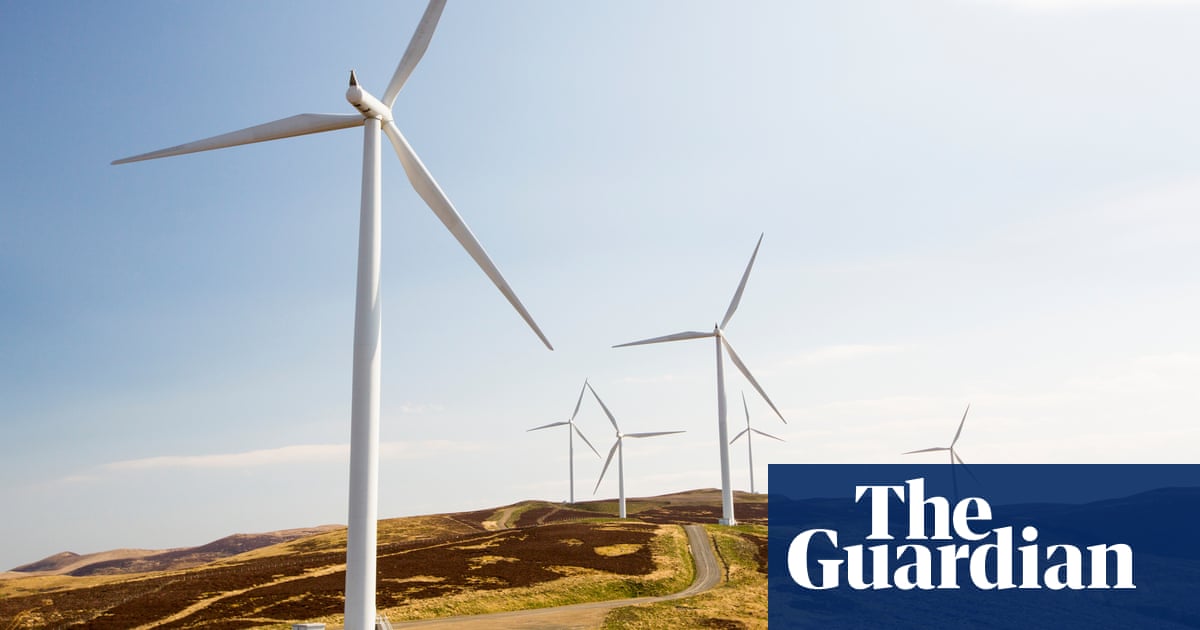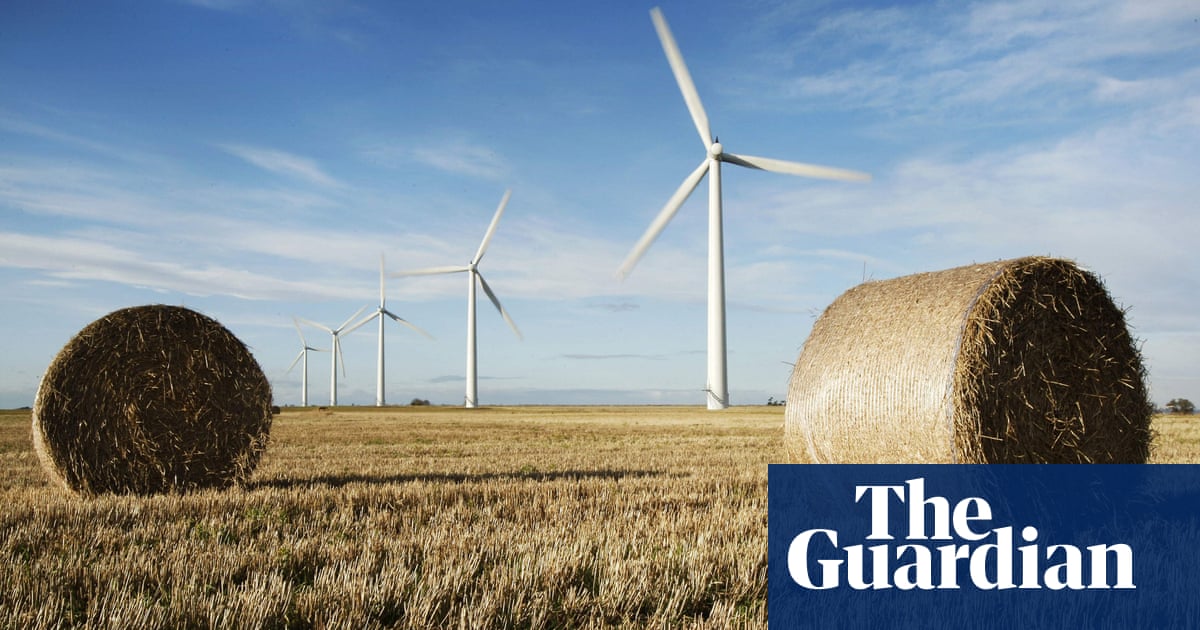
Plans to build what would be the biggest onshore windfarm in England will move forward this week, the first since the Labour government lifted the de facto ban put in place by the Conservatives nine years ago.
An independent renewable energy developer has submitted plans to erect 21 wind turbines next to an existing windfarm north of Manchester.
While other onshore sites in England have more turbines, those at the proposed windfarm at Scout Moor would be more powerful because of technological advances that would enable more than 100 megawatts to be generated there.
That is enough electricity to power the equivalent of 100,000 homes and meet more than 10% of Greater Manchester’s domestic energy needs before the end of the decade.
This would help to meet the government’s target of doubling Britain’s onshore wind power capacity by 2030. That target alongside goals to triple its solar power capacity and quadruple its offshore wind capacity are part of a plan to create a zero-carbon electricity system in the 2030s.
The developer, Cubico Sustainable Investments, will set out its plans to build the new project alongside its proposal for a multimillion-pound community wealth fund to support local people.
If approved, the site would also be the fifth biggest onshore wind power producer in the UK, with the others all in Scotland, topped by the 539MW generated by the 215 turbines at Whitelee, south of Glasgow.
Plans for the Scout Moor site were shelved 10 years ago after a backlash against onshore windfarms in England prompted the then Tory government to put in place planning rules that in effect ruled out new developments.
David Swindin, the Cubico chief executive, said his team had been developing new projects “for about four years in anticipation of the rules changing” to allow further onshore windfarms to be built in England.
Cubico is one of the world’s largest privately owned renewables developers. It is one of many windfarm developers hoping to erect onshore turbines in England for the first time in almost a decade. Labour lifted the Tories’ de facto ban within 72 hours of coming into power in July.
Swindon said: “It was obvious that there was going to be pressure to change the rules, even for the Conservatives. And for some time it seemed likely that Labour would come to power. So we have been eagerly waiting for the moment that we can press the button.”
Peter Rowe, the project’s development manager, said the site was “one of the most ideal locations for a windfarm” in England thanks to its high wind speeds and close proximity to energy consumers in Greater Manchester. The location rules out the need for expensive grid upgrades to carry the electricity long-distances.
“Clearly we will be going into a public consultation [with the local community] very sensitively. The site itself has been used in the past for mining and quarrying, and the area has been at the heart of Britain’s industrial story. So what we’re putting forward is a modern reinterpretation of how the moors and uplands have been used historically,” he said.
James Robottom, the head of policy at Renewable UK, a trade association, said that since the government lifted the block on onshore windfarms in England, ambitious plans were beginning to come forward “with a strong emphasis on the new investment, jobs and benefit funds which they would bring to local communities”.
“Close consultation with these communities is a key element of every proposal, ensuring that local people have a strong voice in the planning process,” he added.
A government spokesperson said: “While we can’t comment on this specific case, onshore wind is crucial to making Britain a clean energy superpower, boosting the UK’s energy independence and protecting bill payers.”












